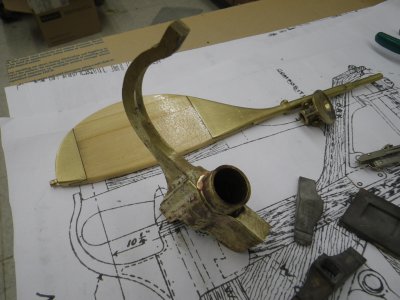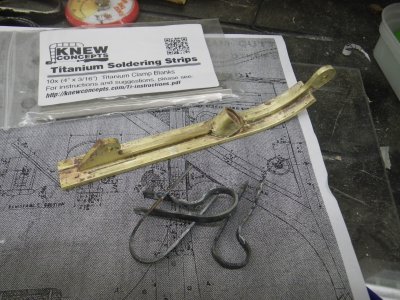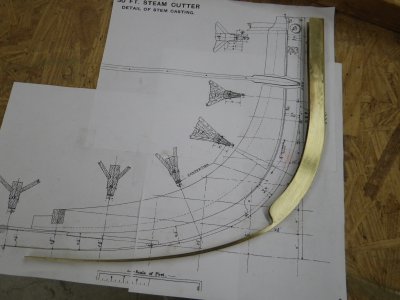I can read these words but I have no idea what they mean.
Even my brother-in-law, who was an aircraft mechanic, doesn't weld or have a O/A torch. I don't know anyone who does. OK, I do have a buddy that has a coal forge and he has attempted forge-welding. OTOH, he only gets the forge out 1-3 times per year.
Craig
Victor is a (quality!) brand that sells equipment for gas welding and brazing.
000, 00,...,3 and 5 are tip sizes. The 000 is quite small (for thin sheet), and the 5 is large (for plate). These welding tips are used for gas welding or brazing.
Go back 100 years, and most welding was done with oxyacetylene, and gas welded joints are just as strong as with any other welding process.
Many people consider gas welding to be obsolete,
but if you are not in a hurry, away from a power source, working on thin material, on a low budget, or a metalworking history geek, gas welding may be a great choice. Gas welding is also excellent practice for TIG welding.
Understand that soldering is up to 840 degrees F, and brazing is at temperatures up to the melting point of the base metal. Welding is at temperatures above the melting point of the base metal.
When you titled the post "silver soldering", I assumed that you would be open to either silver soldering or silver brazing. When I
solder, it is on electrical wires, I have done silver and brass
brazing. The silver brazing makes for a particularly strong joint. A joint brazed with brass is not as strong as a welded joint or a silver brazed joint.
At home, I do a lot of brass brazing because I was too cheap to buy the silver wire. If you have the money, silver soldering or brazing would get you a really strong joint.



